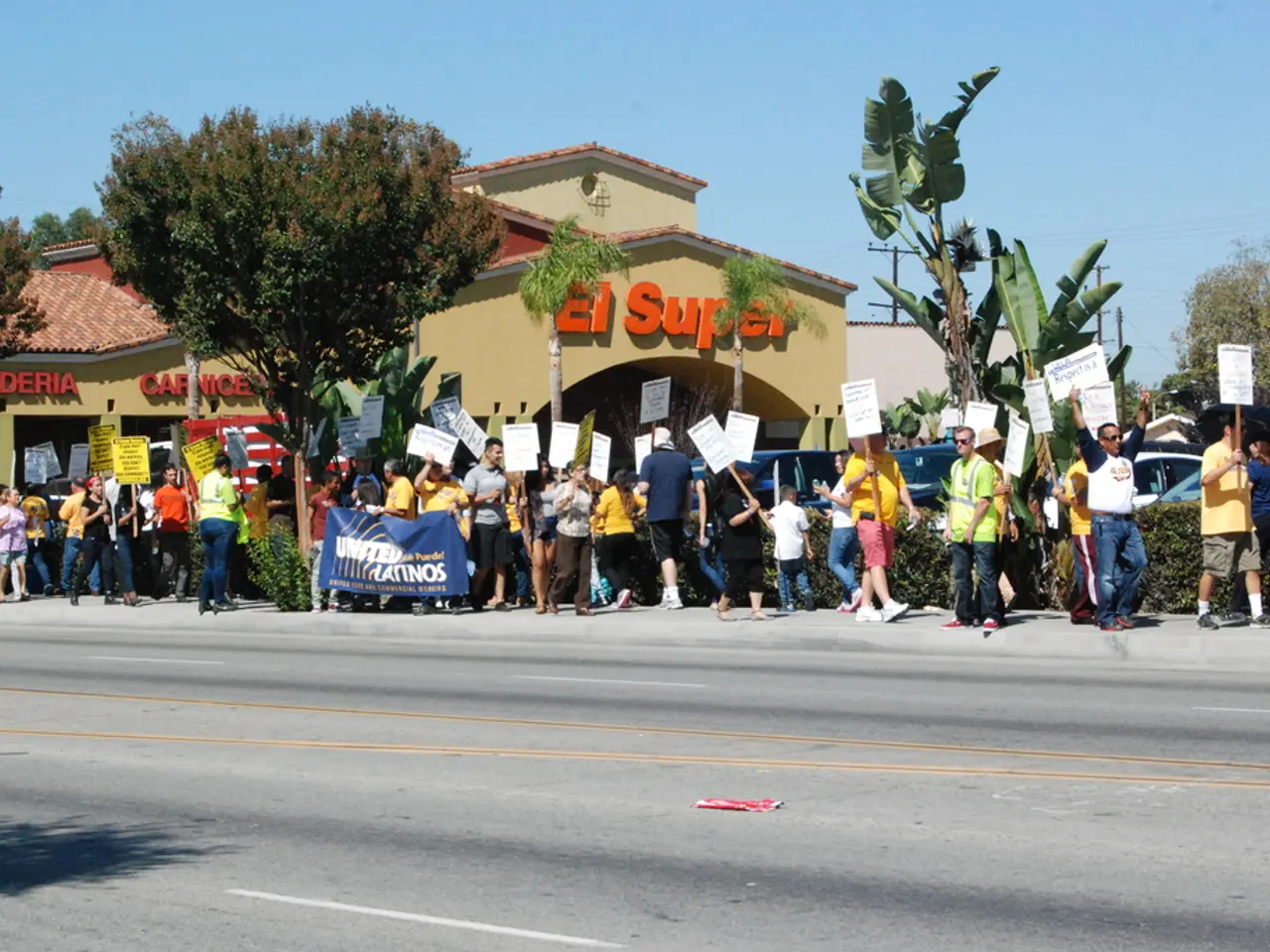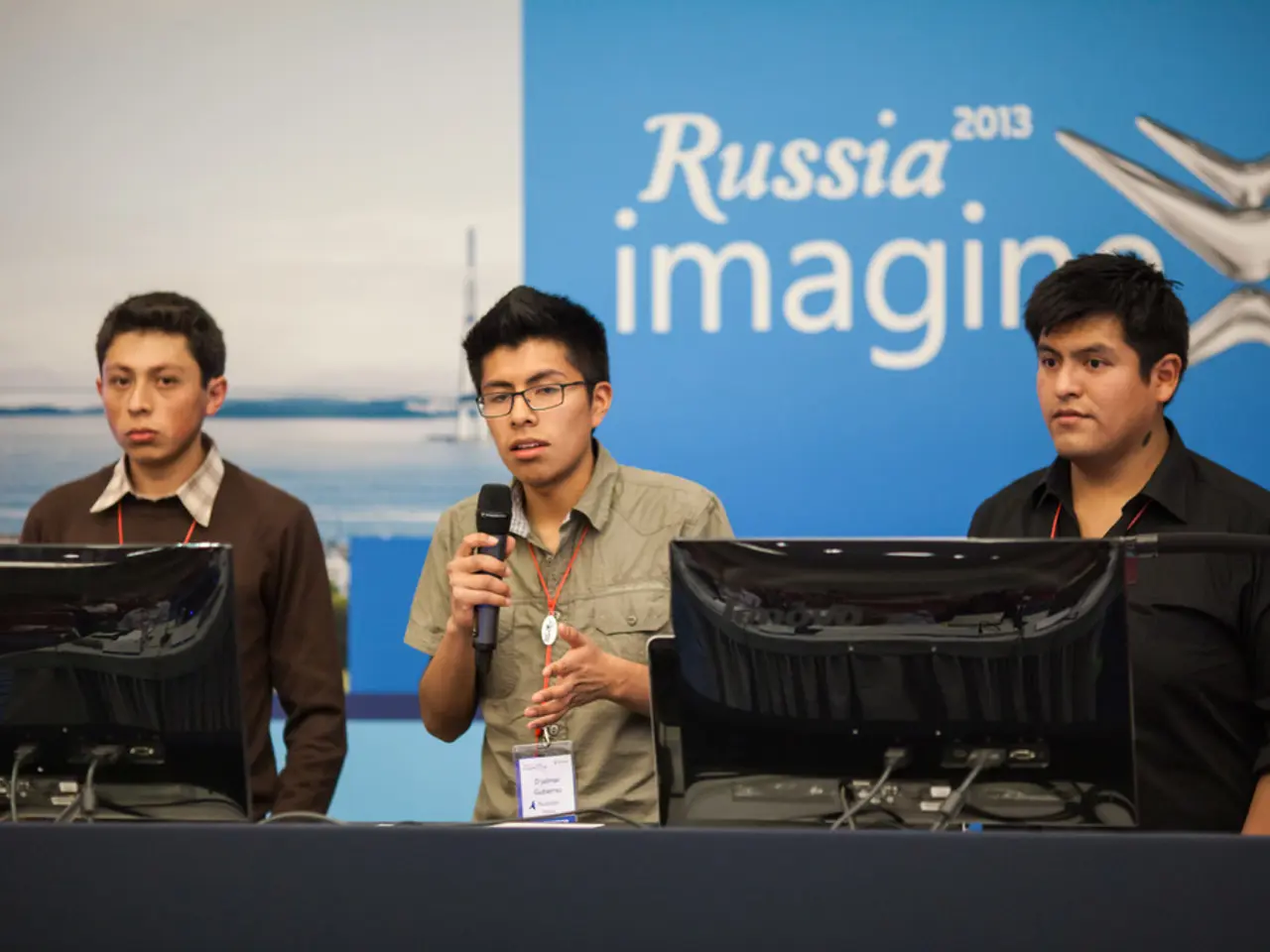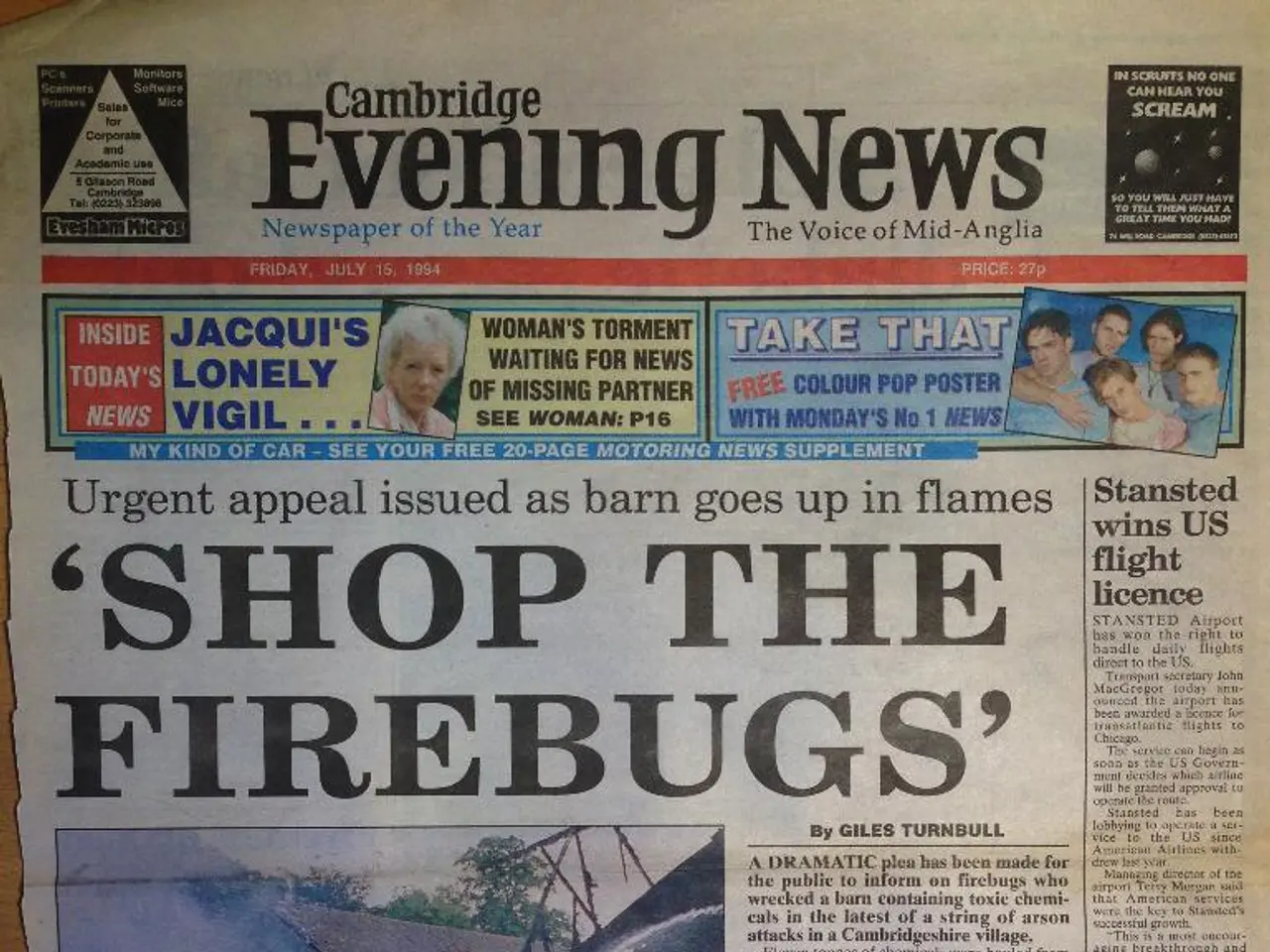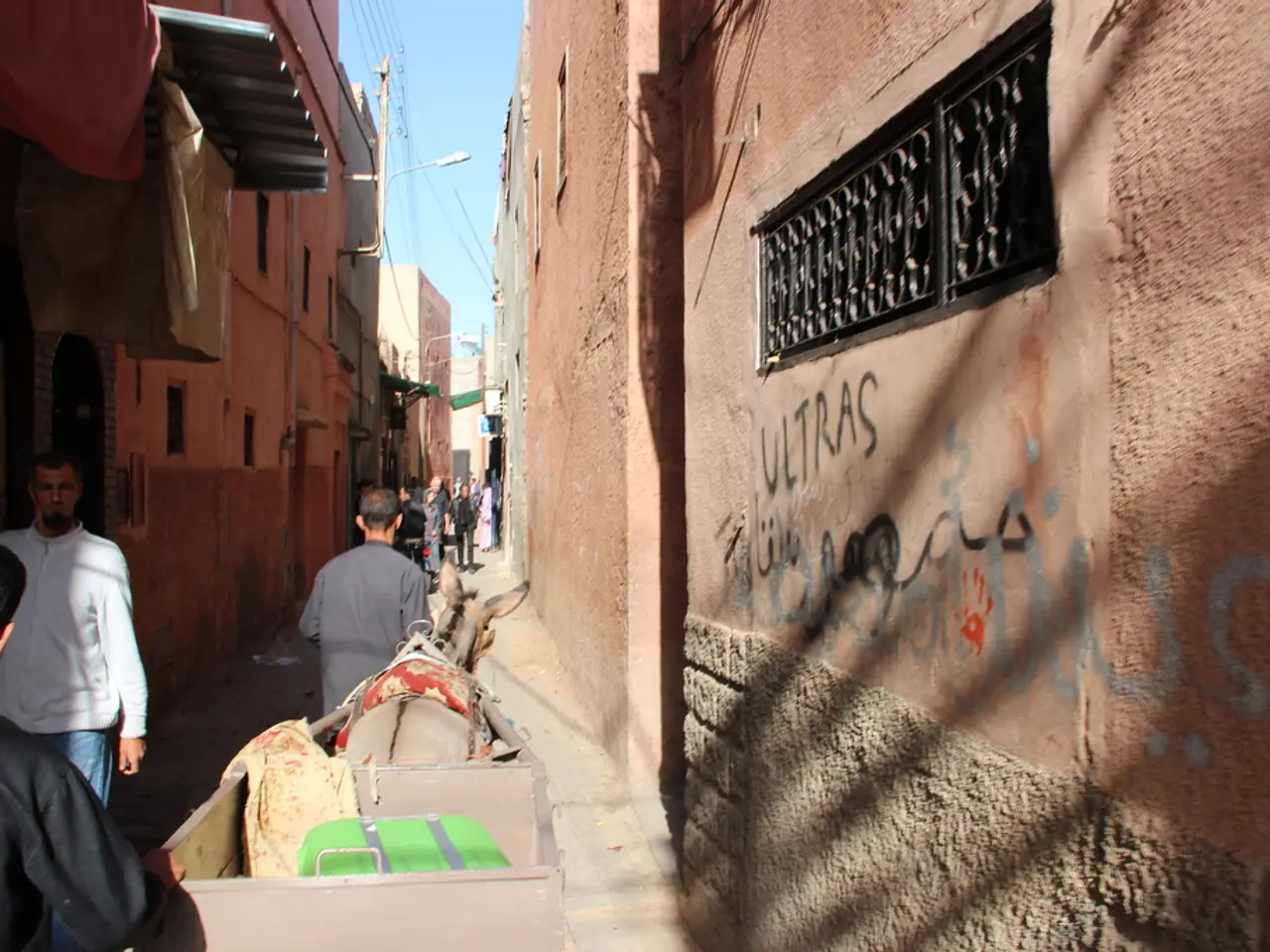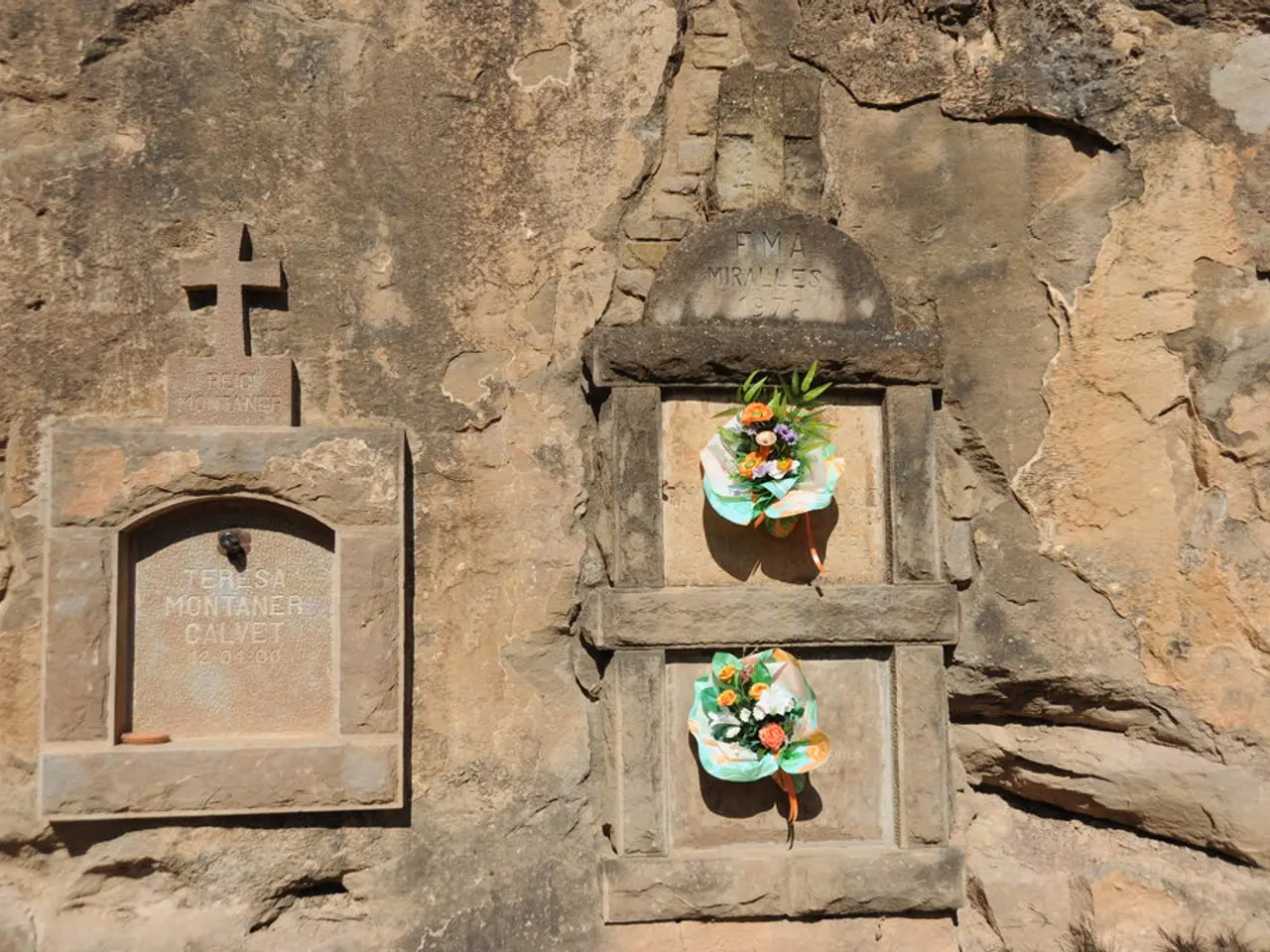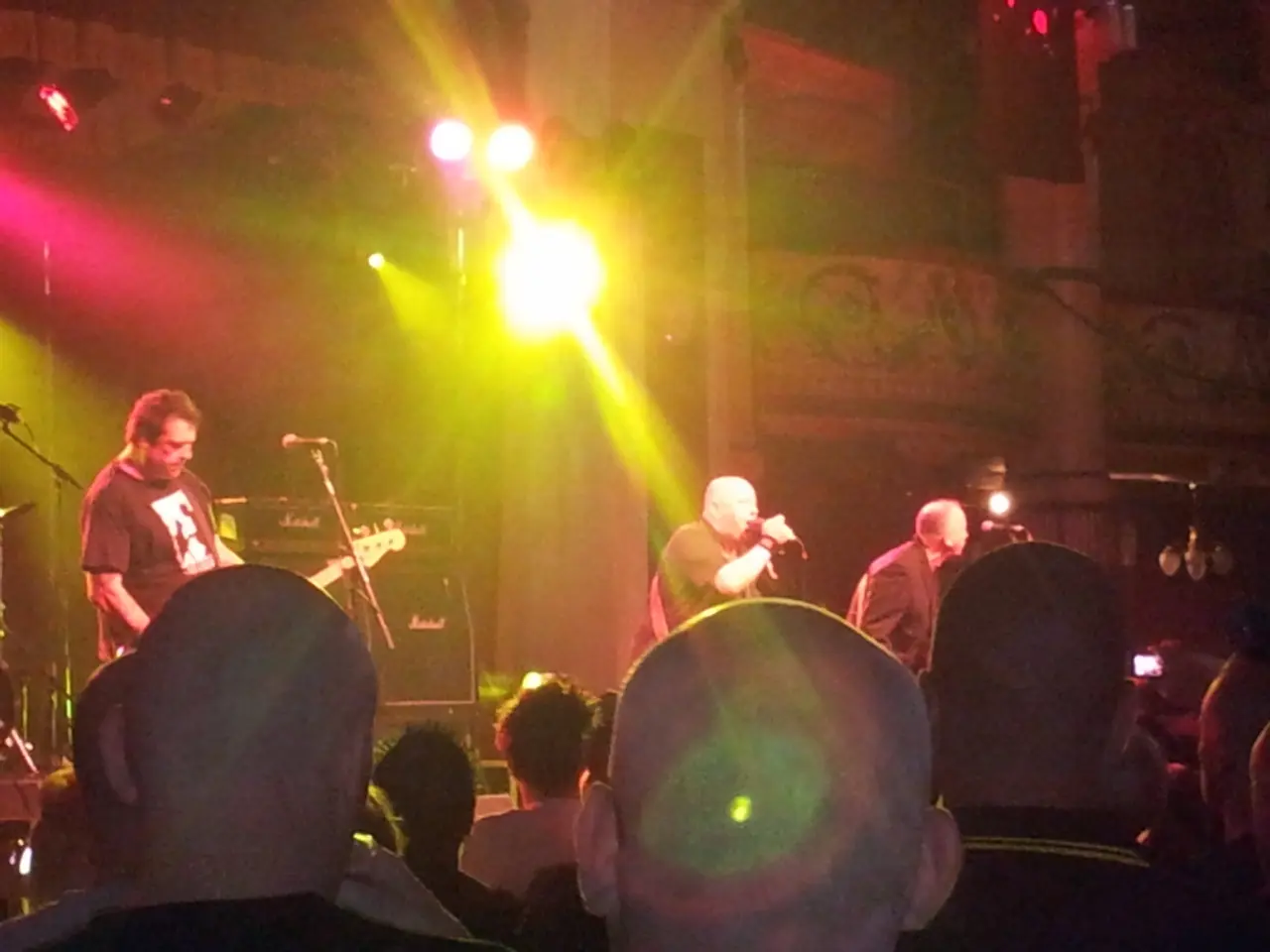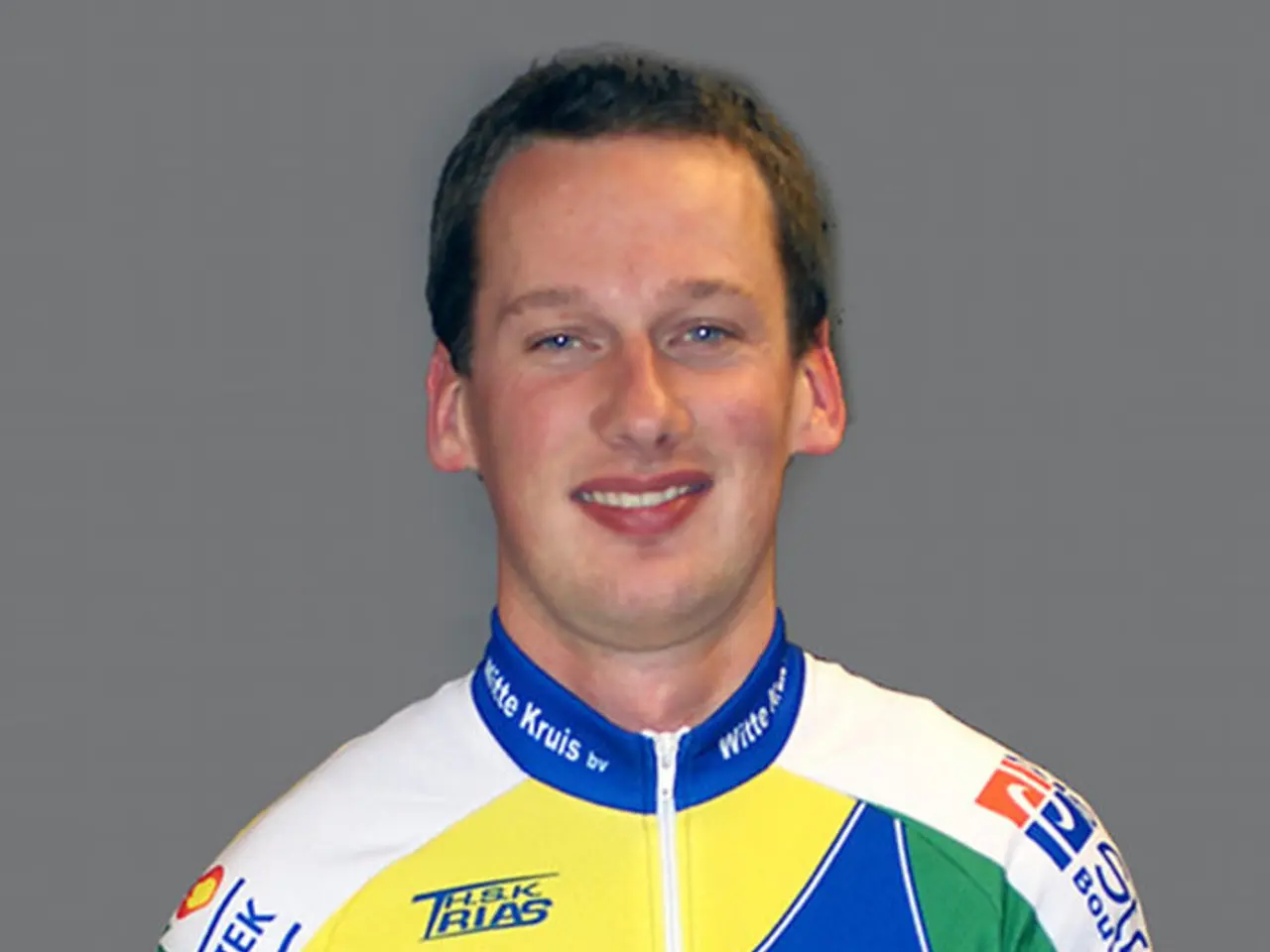Anticipated Primary Elections in New York City Council 2025: Key Races to Follow-Up
In the bustling political landscape of New York City, the focus is not just on the mayoral race and the White House, but also on the City Council races. This year, 51 seats in the City Council are up for grabs, with the Democratic primaries scheduled for June 22.
The races that have caught the attention of political observers are based on a combination of factors, including fundraising, campaign presence, and political support. The district demographic and voter information used in this article is derived from the CUNY Graduate Center's Redistricting & You, which combines census and New York City Board of Elections data.
One of the key races to watch is Council District 1 in Lower Manhattan, where incumbent Chris Marte is facing significant challenges. Despite this, Marte has successfully utilised the support from 839 individual contributors to counteract a large amount of outside spending against him, including approximately $320,000 in Super PAC attacks and a self-funded challenger who did not enter the public matching funds program. This race is notable for the contrast between grassroots fundraising and heavy independent expenditures.
Another trend that has emerged is the influence of well-funded political action committees in several safely held Council seats. For example, Councilmembers Darlene Mealy and Kevin Riley have received substantial outside financial support, roughly $995,000 and $878,000 respectively.
In terms of expenditure efficiency, Council District 21 in Northwest Queens is of interest. The candidate Yanna Henriquez received about $864,000 in supportive Super PAC spending but secured only 1,792 votes, implying a very high spending rate per vote ($482), reflecting intense and expensive campaigning.
While these specific Council races have drawn attention for fundraising and spending dynamics in 2021, the 2025 elections reflect a broader political context with competitive mayoral and assembly races receiving notable grassroots and progressive support, which might influence City Council campaign landscapes in subsequent cycles.
It is important to note that this round-up does not include every City Council candidate, only those deemed viable. The viability of City Council candidates is determined by a combination of factors including fundraising, campaign presence, and political support.
As New York City is deep blue, there are few swing districts. However, the action in the elections will mainly happen in the Democratic primaries. Some of the action may not be limited to these primaries, as not all districts are swing districts.
In conclusion, the key City Council races to watch in the 2021 New York City elections, particularly highlighted by their fundraising, campaign presence, and political support, include Council District 1, Lower Manhattan, and several other districts where significant outside spending from Super PACs has been observed. The CUNY Graduate Center's Redistricting & You is an indispensable resource for district demographic and voter information.
- Beyond the mayoral race and the White House, policy-and-legislation discussions in New York City extend to the City Council races, especially those exhibiting unique fundraising, campaign presence, and political support like Council District 1 in Lower Manhattan.
- The 2021 New York City elections hold noteworthy races that showcase the impact of politics, such as observing large amounts of outside spending from political action committees in several safely held Council seats and the high spending rate per vote in Council District 21 in Northwest Queens.
